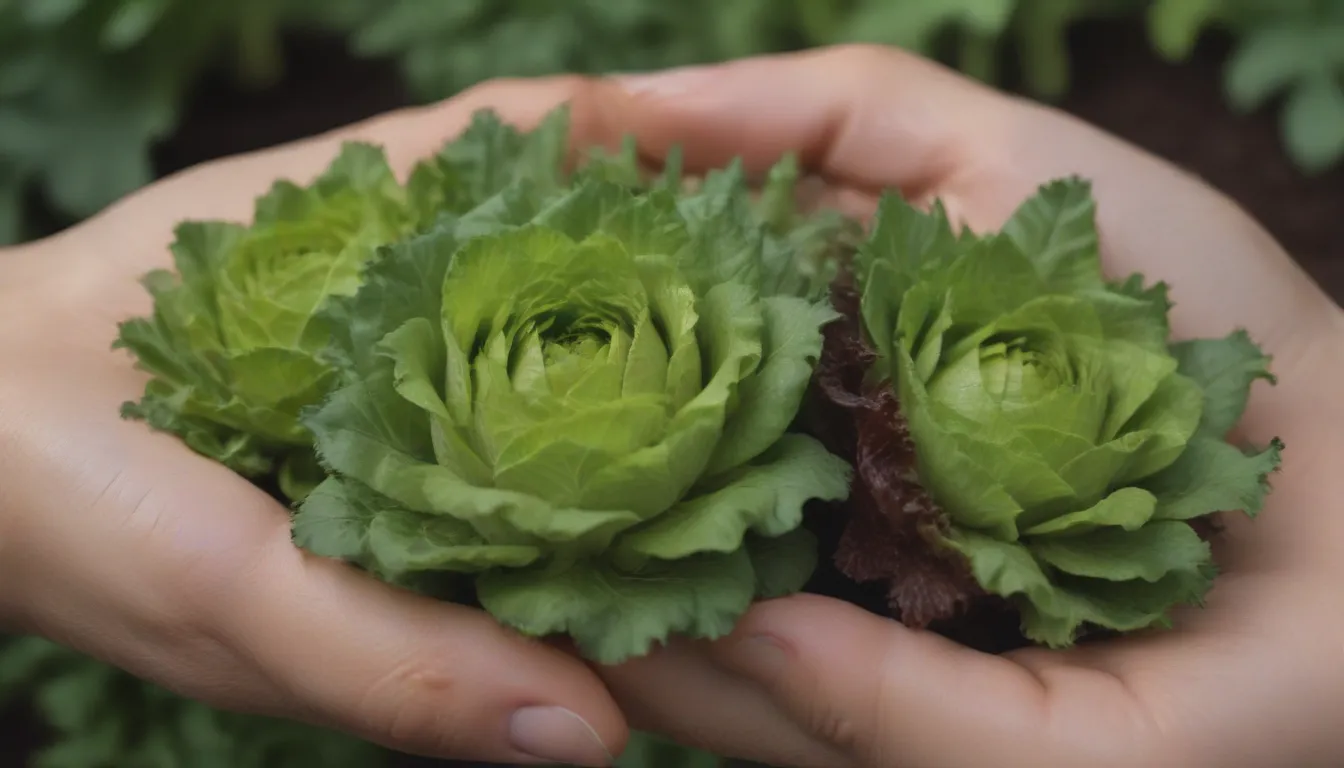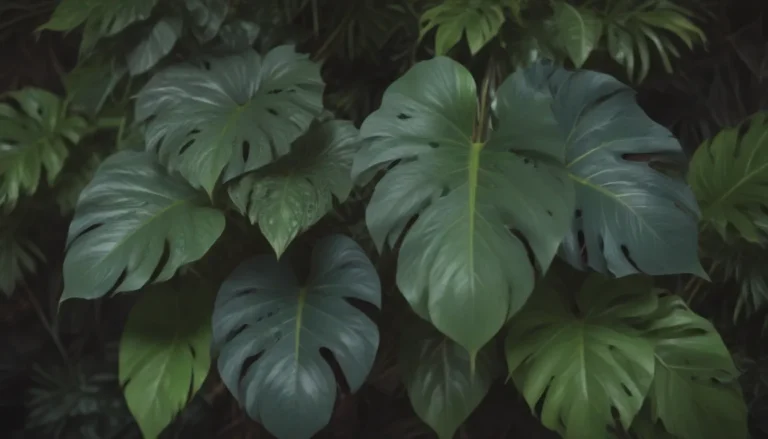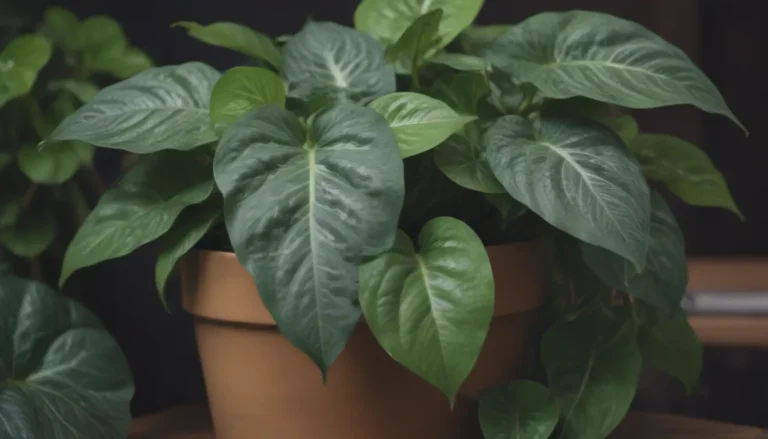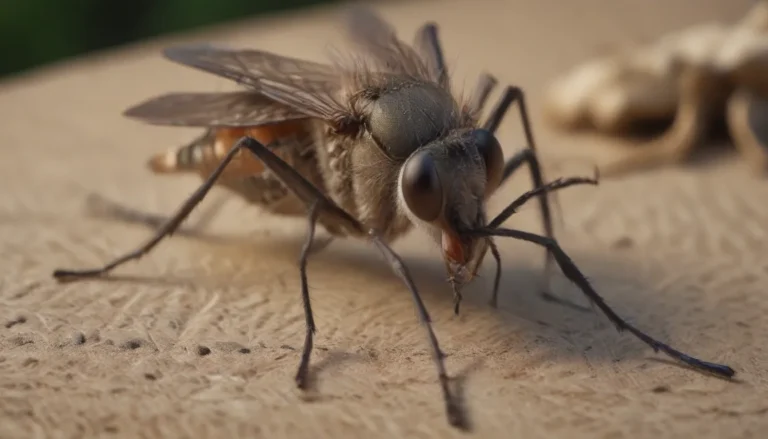The Ultimate Guide to Companion Planting for Lettuce: 17 Plant Pals to Grow Together

When it comes to growing lettuce, one of the key challenges faced by gardeners is managing pests and diseases. Lettuce, with its low-lying profile and intricate leaf structure, is especially vulnerable to infestations. To combat these issues and promote healthy growth, many seasoned gardeners turn to the concept of companion planting.
Companion planting involves strategically pairing different plants together to create a mutually beneficial environment. In the case of lettuce, companion plants can help deter pests, attract beneficial insects, and improve soil health. By choosing the right companions for your lettuce patch, you can set yourself up for a thriving garden with minimal intervention.
In this comprehensive guide, we’ll explore 17 of the best lettuce companion plants to grow alongside your leafy greens. From strawberries to garlic, each plant offers unique benefits that can enhance the health and productivity of your lettuce crop. So grab your gardening gloves and let’s dive in!
1. Strawberries
- Name: Strawberries
- USDA Hardiness Zones: Varies by variety
- Light: Full sun
- Mature Size: Varies by variety
Strawberries make excellent companions for lettuce due to their similar harvest schedules and ability to attract beneficial insects like predatory mites. Planting strawberries alongside your lettuce can help keep pests at bay while adding a pop of color to your garden.
2. Beets
- Name: Beets
- USDA Hardiness Zones: Varies by variety
- Light: Full sun to partial shade
- Mature Size: Varies by variety
Beets and lettuce make great companions, as their root systems complement each other well. Beets add organic matter to the soil and help improve moisture retention, while lettuce benefits from the loose, aerated soil created by the beets’ deep roots.
3. Turnips
- Name: Turnips
- USDA Hardiness Zones: Varies by variety
- Light: Full sun to partial shade
- Mature Size: Varies by variety
Like beets, turnips have deep roots that can break up compacted soil and improve aeration. They also serve as a natural aphid repellent, protecting your lettuce from these common pests.
4. Dill
- Name: Dill
- USDA Hardiness Zones: 3-11
- Light: Full sun
- Mature Size: 2-3 feet tall
Dill is a powerhouse when it comes to attracting beneficial insects like ladybugs and lacewings, which prey on aphids. Planting dill near your lettuce can help reduce pest pressure and promote a healthier garden ecosystem.
5. Basil
- Name: Basil
- USDA Hardiness Zones: 4-10
- Light: Full sun
- Mature Size: 12-24 inches tall
Not only does basil enhance the flavor of lettuce when grown nearby, but it also enriches the soil with beneficial nutrients. Consider planting basil as a flavorful and functional companion for your lettuce patch.
6. Marigolds
Marigolds not only add a splash of color to your garden but also act as natural pest repellents. These flowers are particularly effective at deterring cabbage worms and nematodes, helping to protect your lettuce crop.
7. Carrots
- Name: Carrots
- USDA Hardiness Zones: Varies by variety
- Light: Full sun
- Mature Size: Varies by variety
Carrots and lettuce make a dynamic duo in the garden. Carrots’ deep roots help loosen the soil, improve drainage, and attract beneficial bugs like ladybugs. This partnership benefits both plants and promotes overall garden health.
8. Peas
- Name: Peas
- USDA Hardiness Zones: Varies by variety
- Light: Full sun
- Mature Size: Varies by variety
Peas are nitrogen-fixing legumes that can help enrich the soil for lettuce. By growing peas on a trellis above your lettuce, you can provide shade while adding valuable nutrients to the garden bed.
9. Cilantro
- Name: Cilantro
- USDA Hardiness Zones: 2-11
- Light: Full sun to partial shade
- Mature Size: 18-24 inches tall
Cilantro attracts beneficial insects like parasitic wasps and hoverflies, which feed on pests that target lettuce. Planting cilantro near your lettuce can help balance the ecosystem and reduce pest populations.
10. Parsnip
- Name: Parsnip
- USDA Hardiness Zones: 2-11
- Light: Full sun to partial shade
- Mature Size: 12-18 inches tall
Parsnips have deep roots that break up compacted soil and provide essential nutrients for lettuce. Additionally, ladybugs are attracted to parsnips, offering another layer of protection for your lettuce plants.
11. Radish
- Name: Radish
- USDA Hardiness Zones: Varies by variety
- Light: Full sun
- Mature Size: Varies by variety
Radishes are excellent soil conditioners that help break up compacted soil and repel common lettuce pests. By planting radishes near your lettuce, you can create a healthier growing environment for both plants.
12. Catnip
- Name: Catnip
- USDA Hardiness Zones: 3-9
- Light: Full sun to partial shade
- Mature Size: 1-3 feet tall
Catnip may be known for its effects on felines, but it also serves as a natural insect repellent. By surrounding your lettuce with catnip, you can create a barrier that deters pests and protects your plants.
13. Nasturtium
- Name: Nasturtium
- USDA Hardiness Zones: 2-11
- Light: Full sun to partial shade
- Mature Size: 8-12 inches tall
Nasturtiums are not only beautiful additions to your garden but also valuable allies in pest control. These flowers attract predatory insects that target common lettuce pests, helping to maintain a healthy balance in your garden.
14. Eggplant
- Name: Eggplant
- USDA Hardiness Zones: Varies by variety
- Light: Full sun
- Mature Size: Varies by variety
The large leaves of eggplant provide shade for plants growing beneath them, making them ideal companions for lettuce. By planting lettuce in the shadow of eggplants, you can protect your greens from heat stress and sunburn.
15. Mint
- Name: Mint
- USDA Hardiness Zones: 3-11
- Light: Full sun to partial shade
- Mature Size: Varies by variety
Mint’s menthol properties make it a potent pest repellent, keeping snails, spider mites, and slugs at bay. While mint can be invasive, planting it in containers near your lettuce can help harness its pest-repelling powers without risking garden domination.
16. Garlic
- Name: Garlic
- USDA Hardiness Zones: 3-8
- Light: Full sun
- Mature Size: 2-3 feet tall
Garlic not only adds flavor to your dishes but also repels pests like aphids and beetles. By incorporating garlic into your garden, you can protect your lettuce from common insect threats and promote a healthier growing environment.
17. Allium
- Name: Allium
- USDA Hardiness Zones: Varies by variety
- Light: Full sun
- Mature Size: Varies by variety
The allium family, which includes garlic, onions, and chives, emits strong odors that deter pests like aphids, slugs, and deer. By planting alliums near your lettuce, you can create a natural barrier that protects your greens from hungry herbivores.
While these companion plants can enhance the health and productivity of your lettuce crop, it’s essential to be mindful of plants that may have a negative impact. Some plants, like kale, Brussels sprouts, cauliflower, and cabbage, can compete with lettuce for resources and may hinder its growth. By understanding which plants work well together and which don’t, you can create a harmonious garden ecosystem that supports the growth of your favorite veggies.
In conclusion, companion planting is a valuable tool for any gardener looking to promote plant health, deter pests, and improve soil quality. By selecting the right companions for your lettuce patch, you can create a thriving garden that yields bountiful harvests year after year. So consider incorporating some of these companion plants into your next lettuce planting and watch your garden flourish!





